NASA Astronomy Picture of the Day 1 April 2023: Distorted galaxy 50 mn light-years away
NASA Astronomy Picture of the Day for 1st April features a distorted galaxy that is around 50 million light-years away.
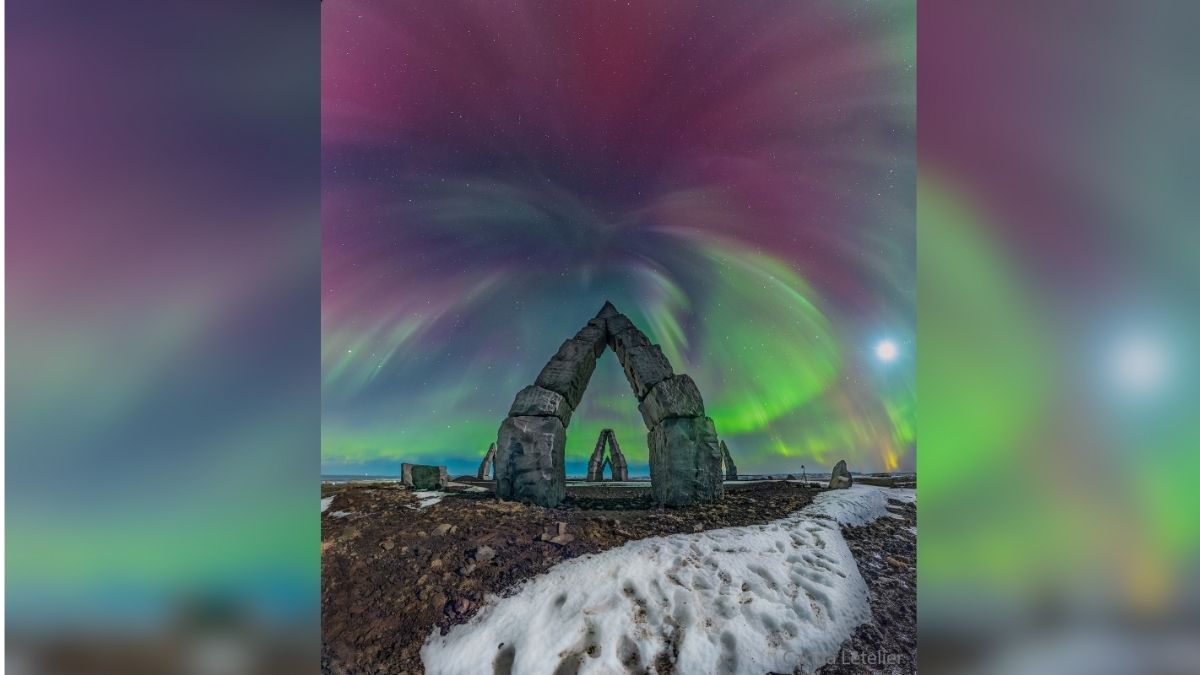
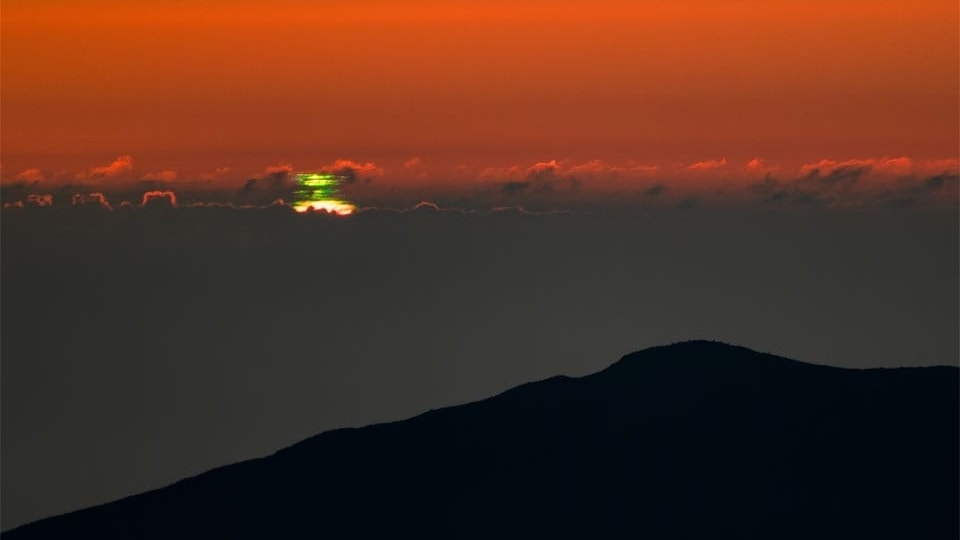
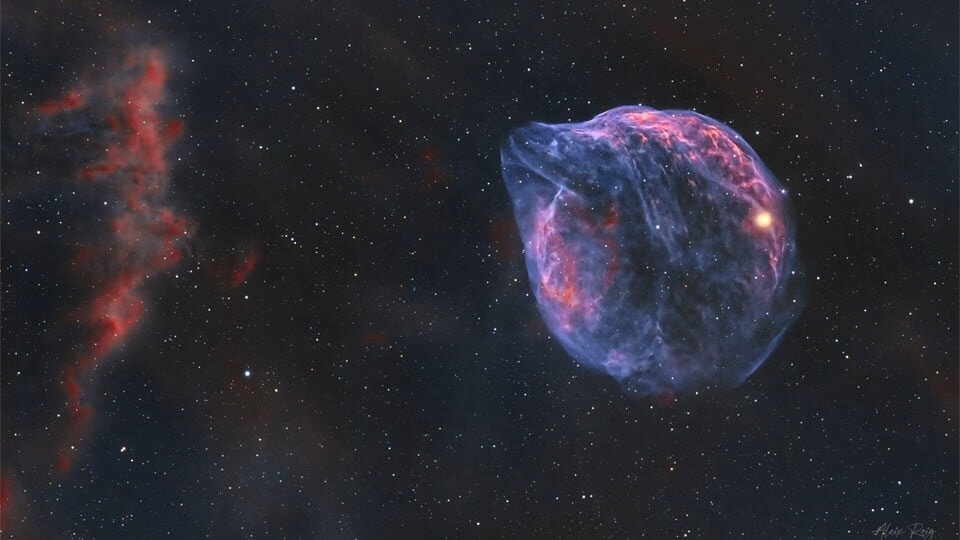
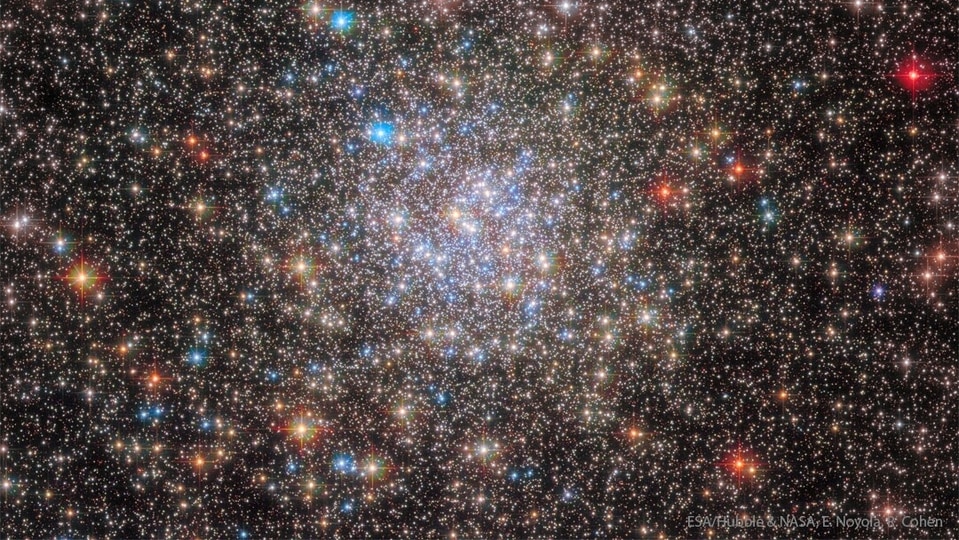
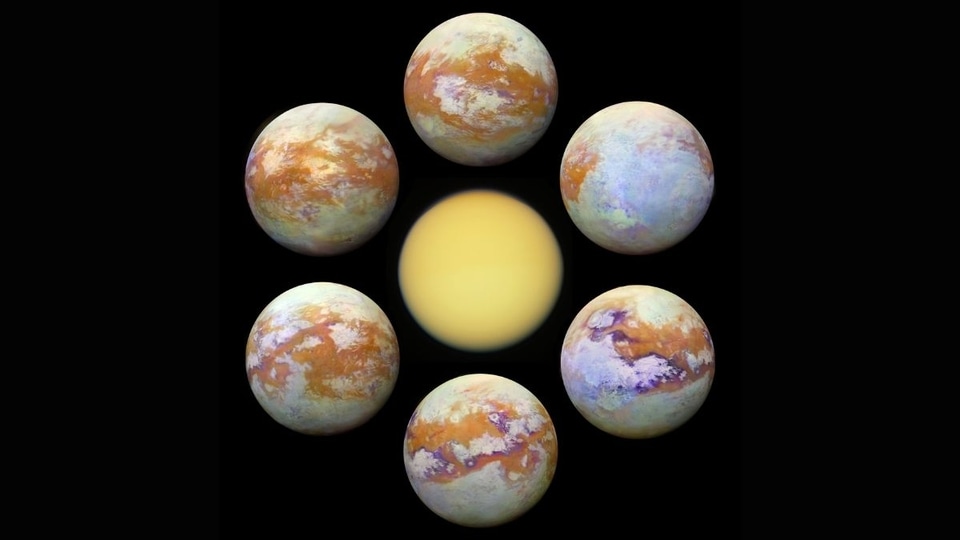

 View all Images
View all ImagesEarth is just a small part of our solar system, which itself is a tiny part of the Milky Way Galaxy. A galaxy comprises an enormous amount of gas, dust, billions of stars, and their various solar systems that are all held together by the force of gravity. The Milky Way, our very own galaxy, also harbours a supermassive black hole at its centre.
In fact, there are so many galaxies out there in the vastness of space that it becomes difficult to even count them! NASA says that the Hubble Space Telescope observed just a small part of outer space for around 12 days and surprisingly, found around 10,000 galaxies, each with unique sizes, shapes, and colours. There are certain galaxies, similar to our own, that exhibit a spiral shape characterized by curved arms resembling a pinwheel. On the other hand, there are galaxies with a smooth and oval shape.
One of these interesting galaxies is the “Distorted Galaxy,” officially named NGC 2442, which can be found in the southern constellation of the flying fish, (Piscis) Volans. This interesting galaxy has been featured as the NASA Astronomy Picture of the Day for April 1. It is located about 50 million light-years away. What's interesting about it?
What is the distorted Galaxy
While sharing the image, NASA explained, “the galaxy's two spiral arms extending from a pronounced central bar give it a hook-shaped appearance in this deep colorful image, with spiky foreground stars scattered across the telescopic field of view.” It further says that the image also shows the distant galaxy's obscuring dust lanes, young blue star clusters and reddish star-forming regions surrounding a core of yellowish light from an older population of stars.
However, it appears that the areas where stars are presently forming are more densely clustered along the extended spiral arm located in the upper-right region. This contorted structure likely emerged due to a past close encounter with the smaller galaxy visible in the upper-left corner of the image. The estimated distance of NGC 2442 places the two interrelated galaxies about 150,000 light-years apart.
Catch all the Latest Tech News, Mobile News, Laptop News, Gaming news, Wearables News , How To News, also keep up with us on Whatsapp channel,Twitter, Facebook, Google News, and Instagram. For our latest videos, subscribe to our YouTube channel.
































